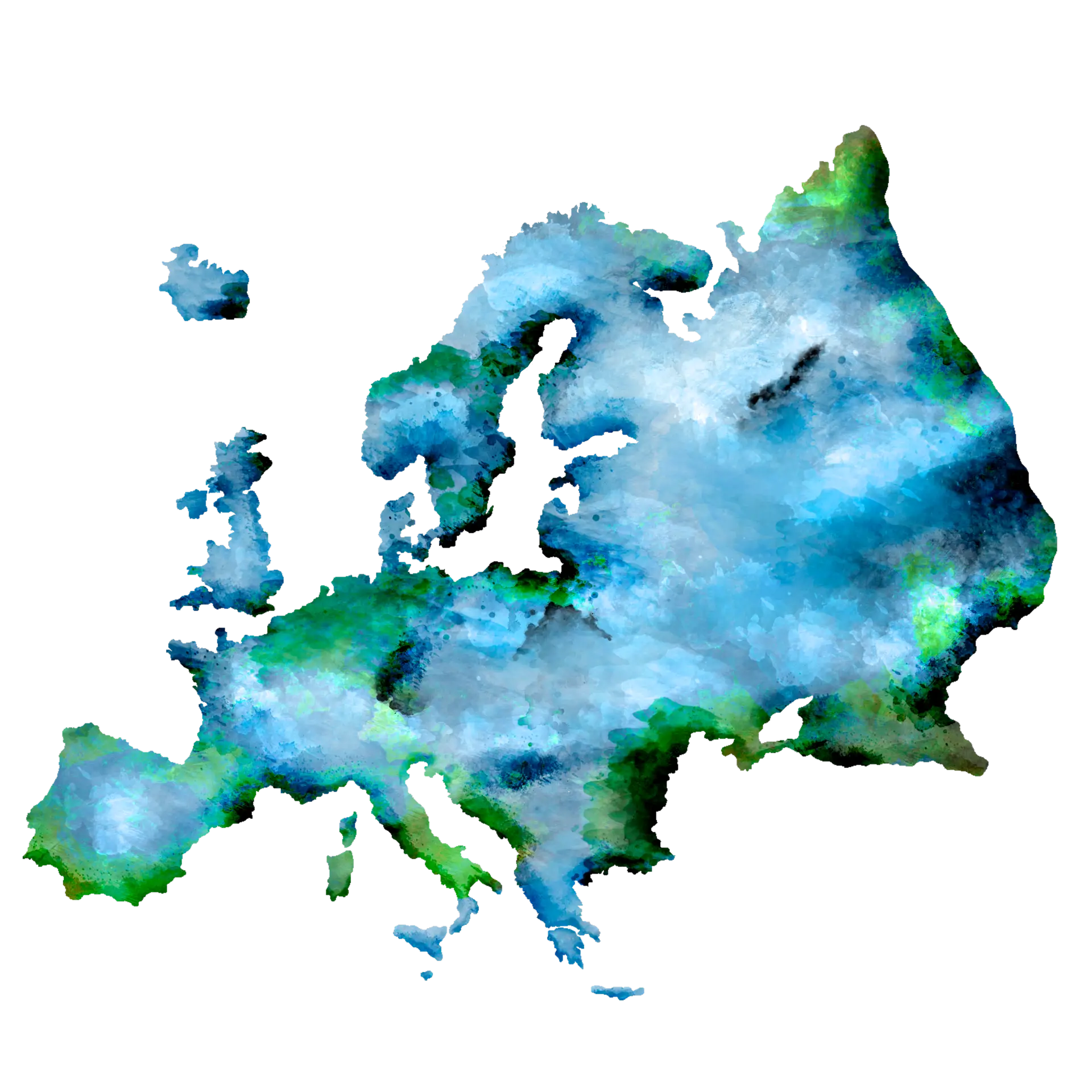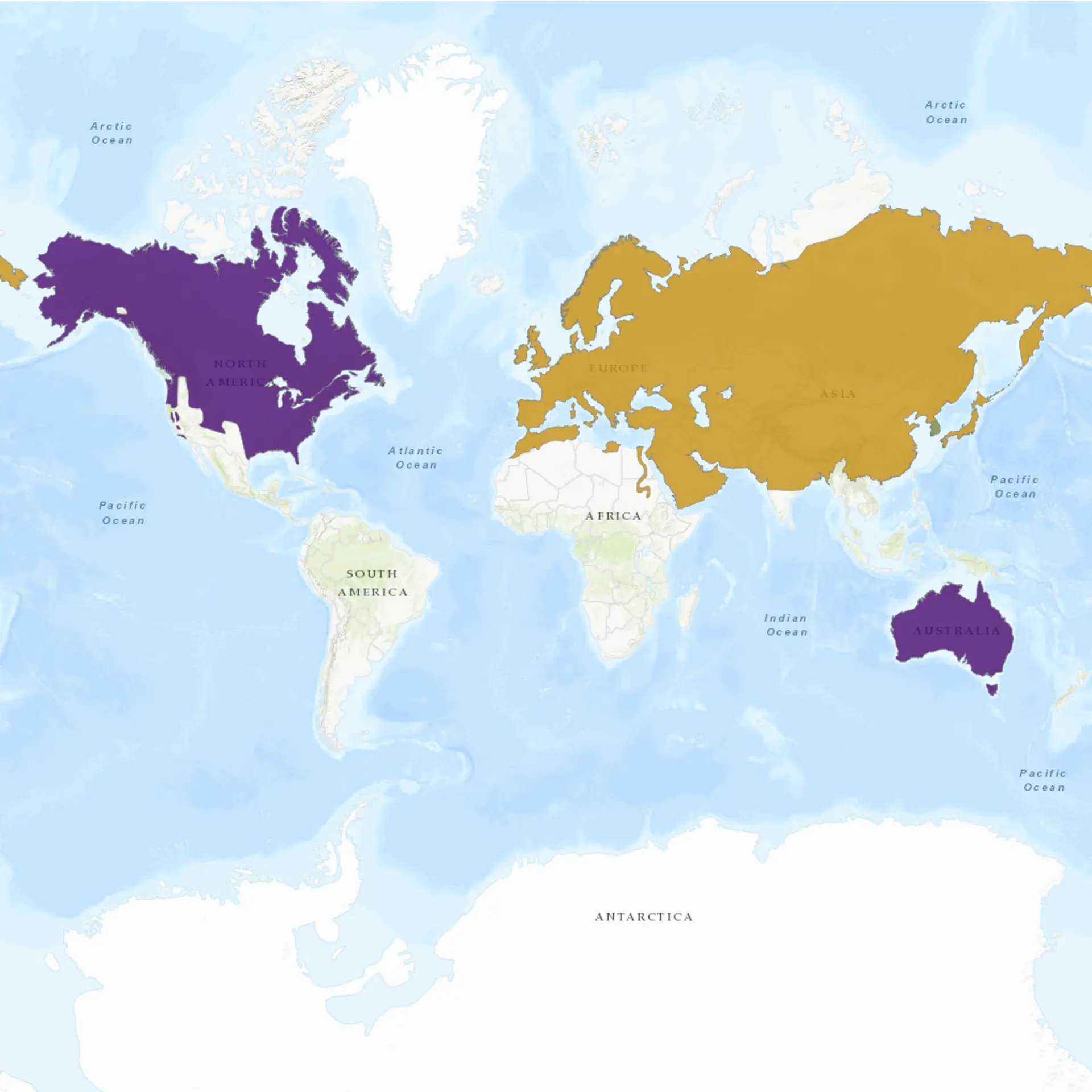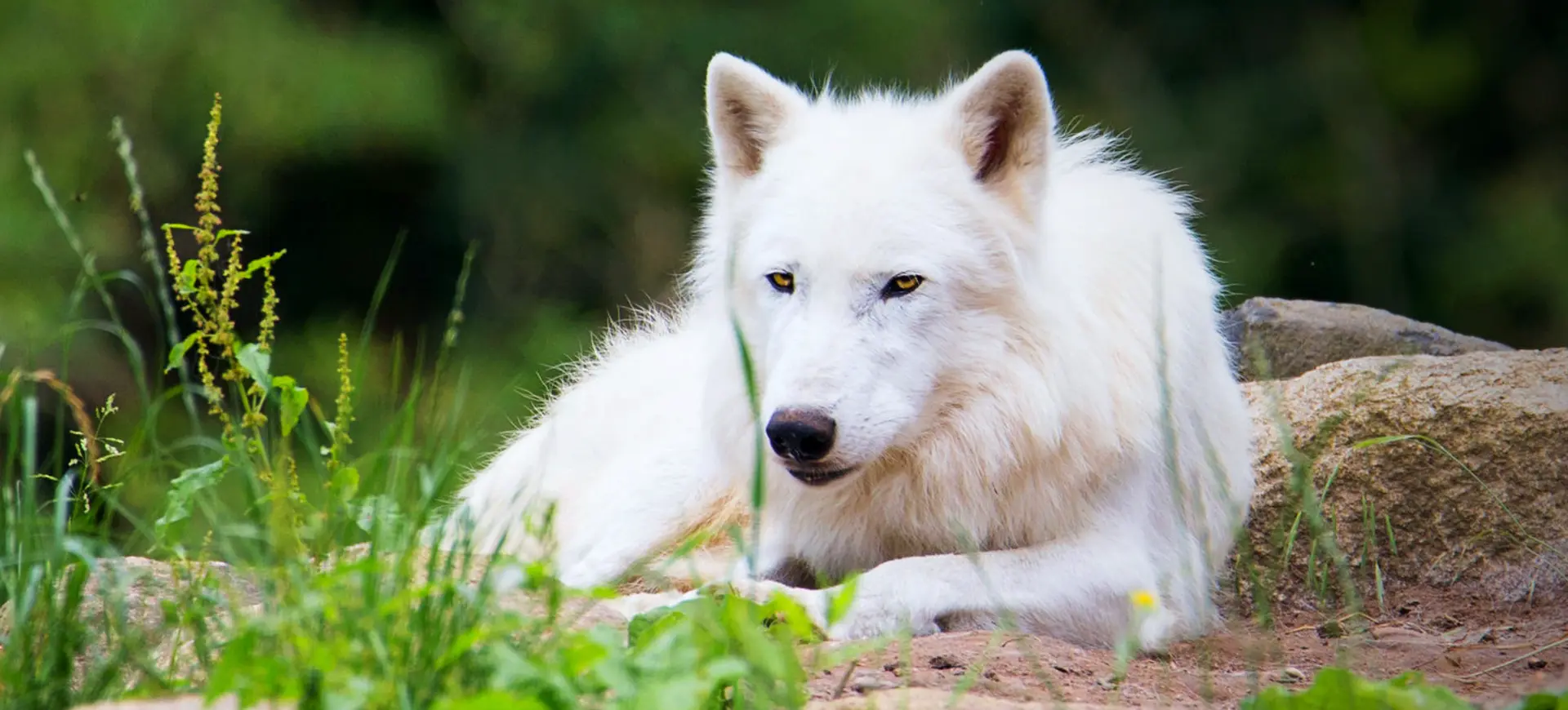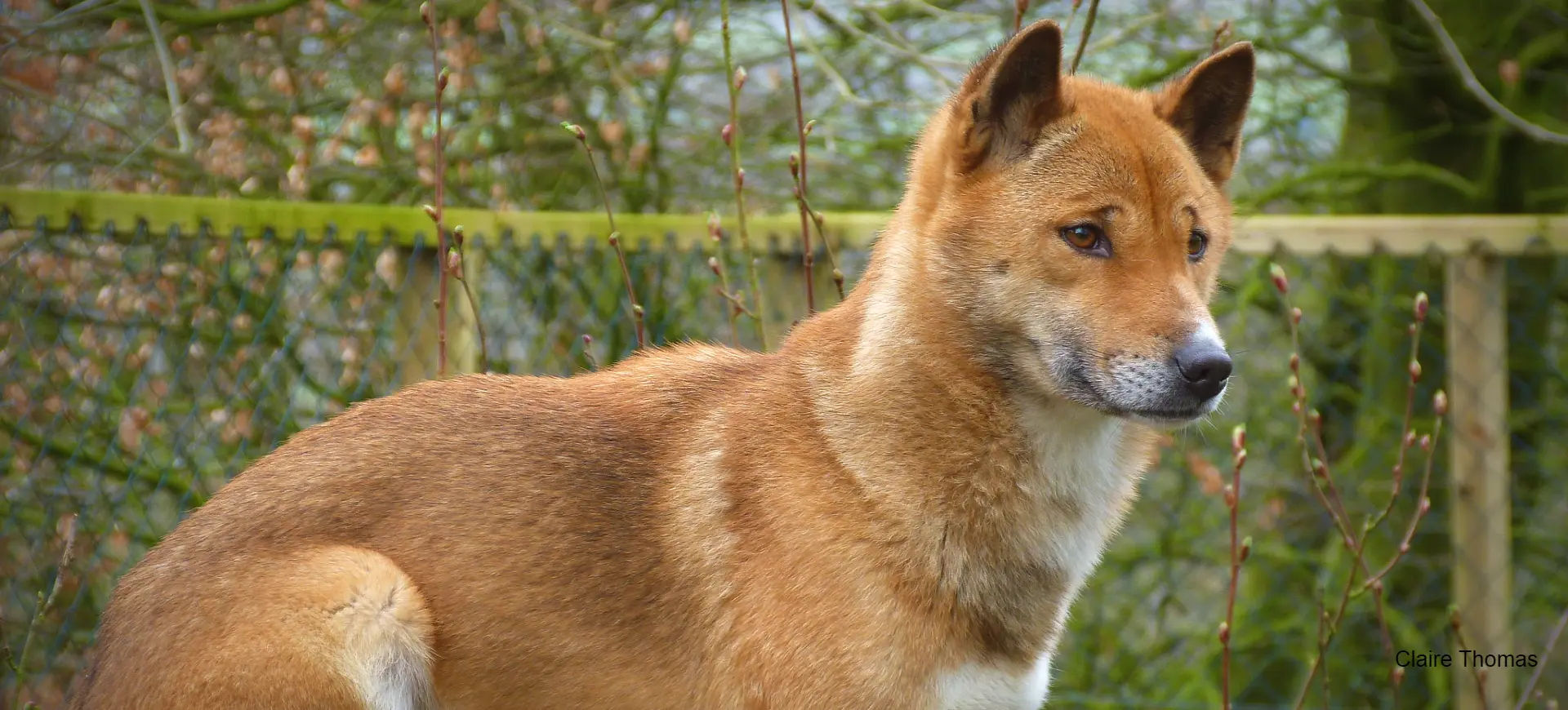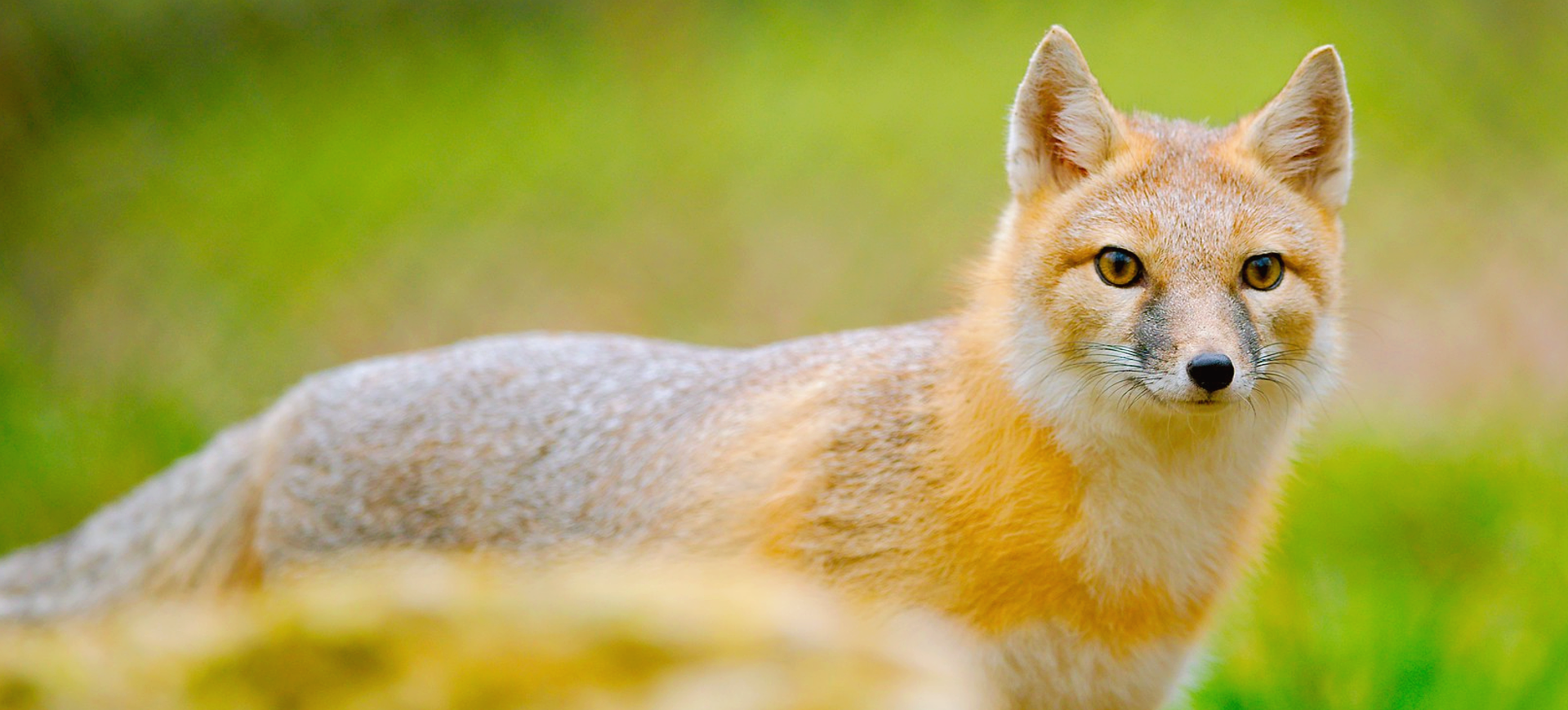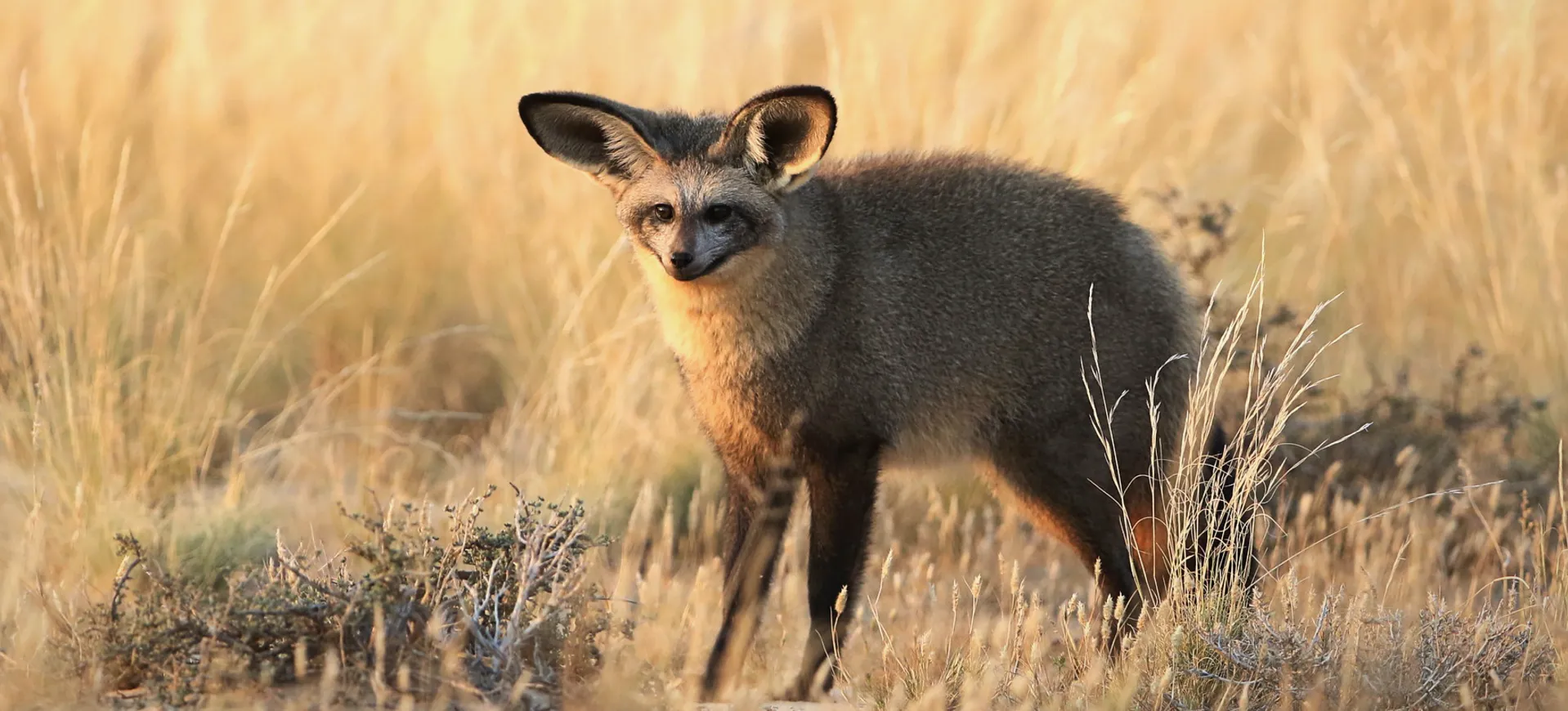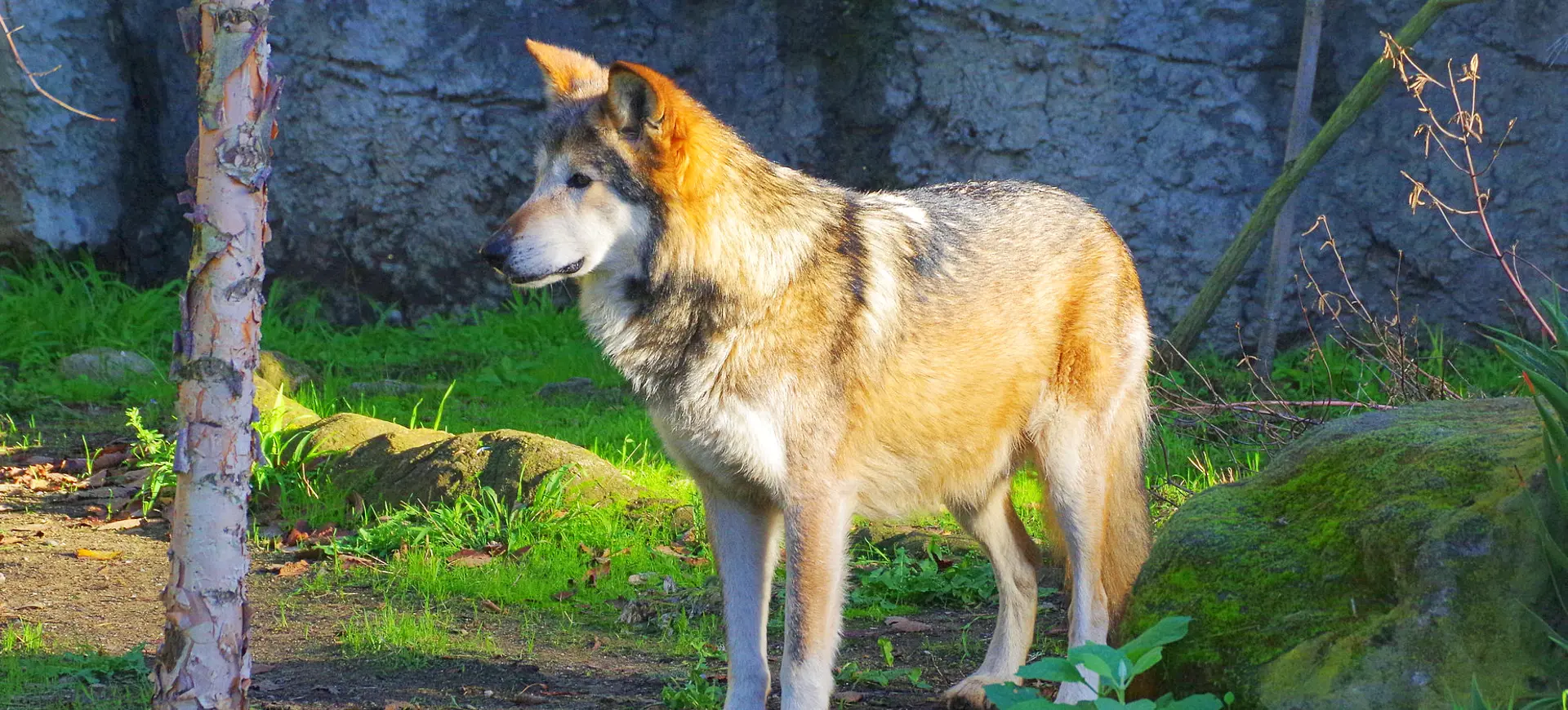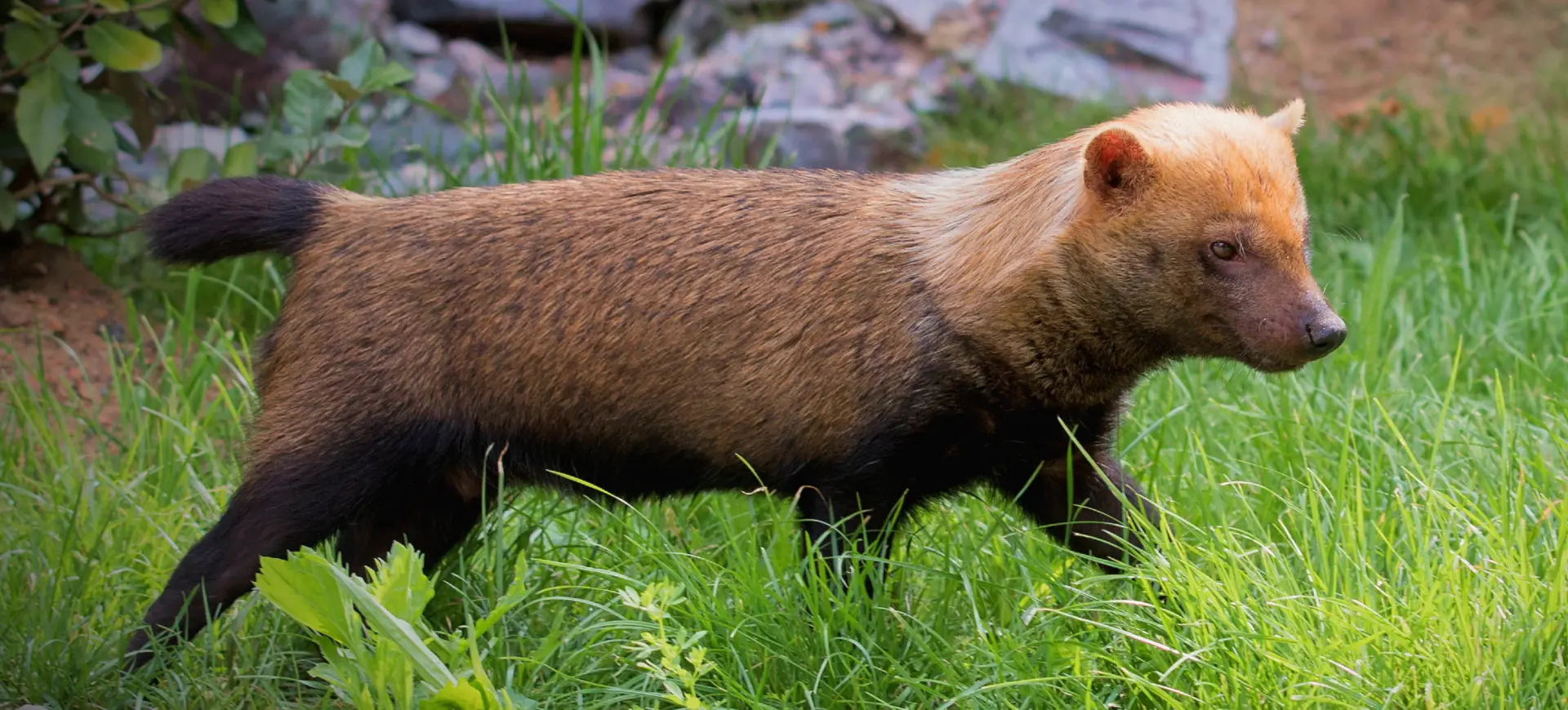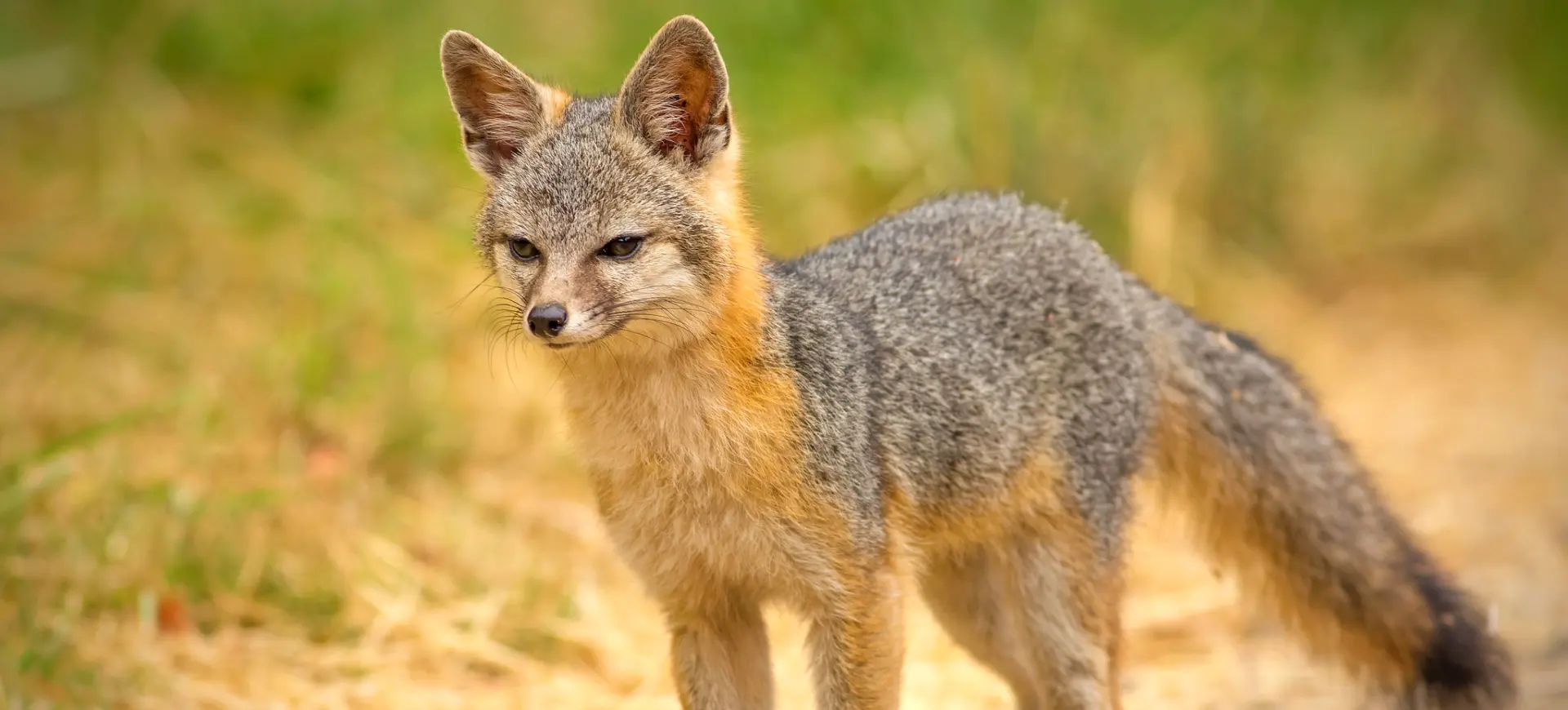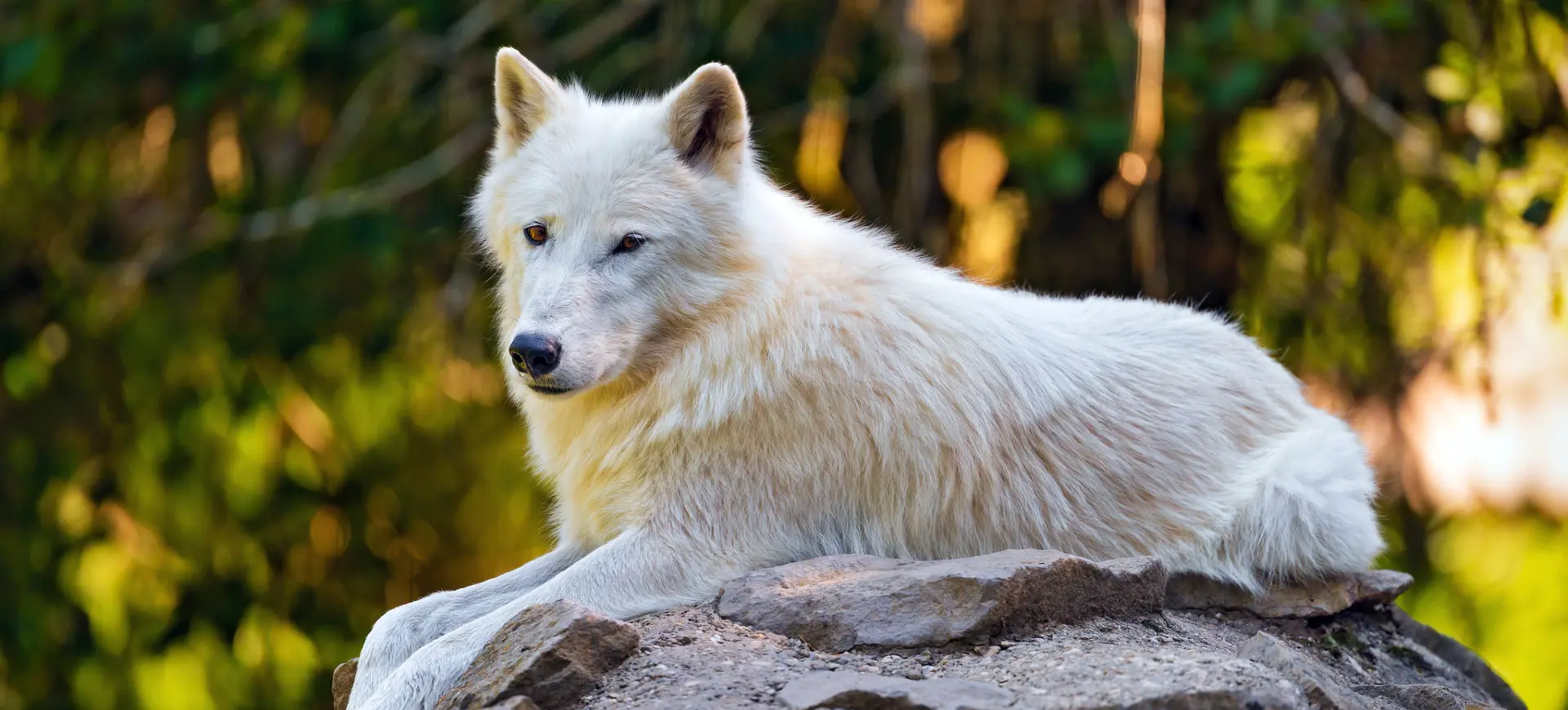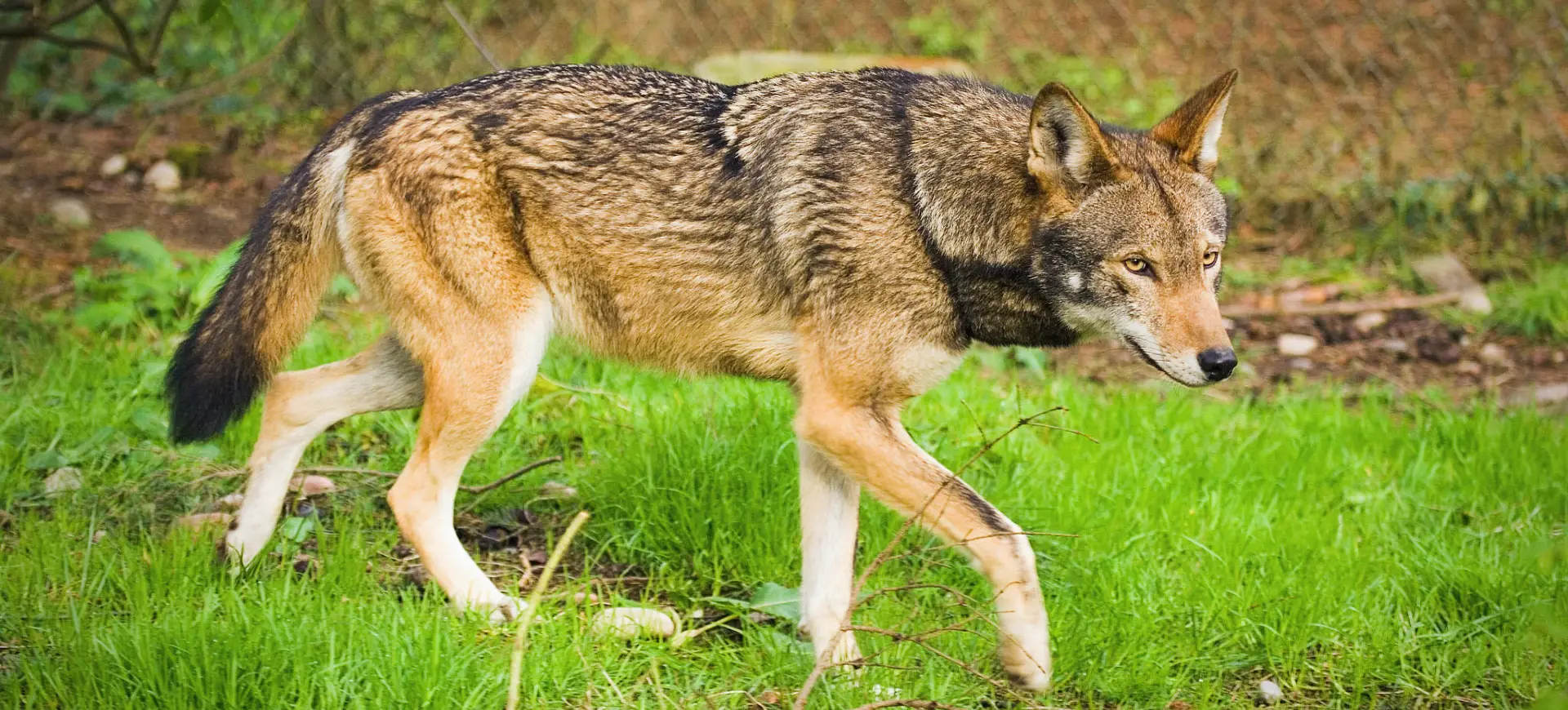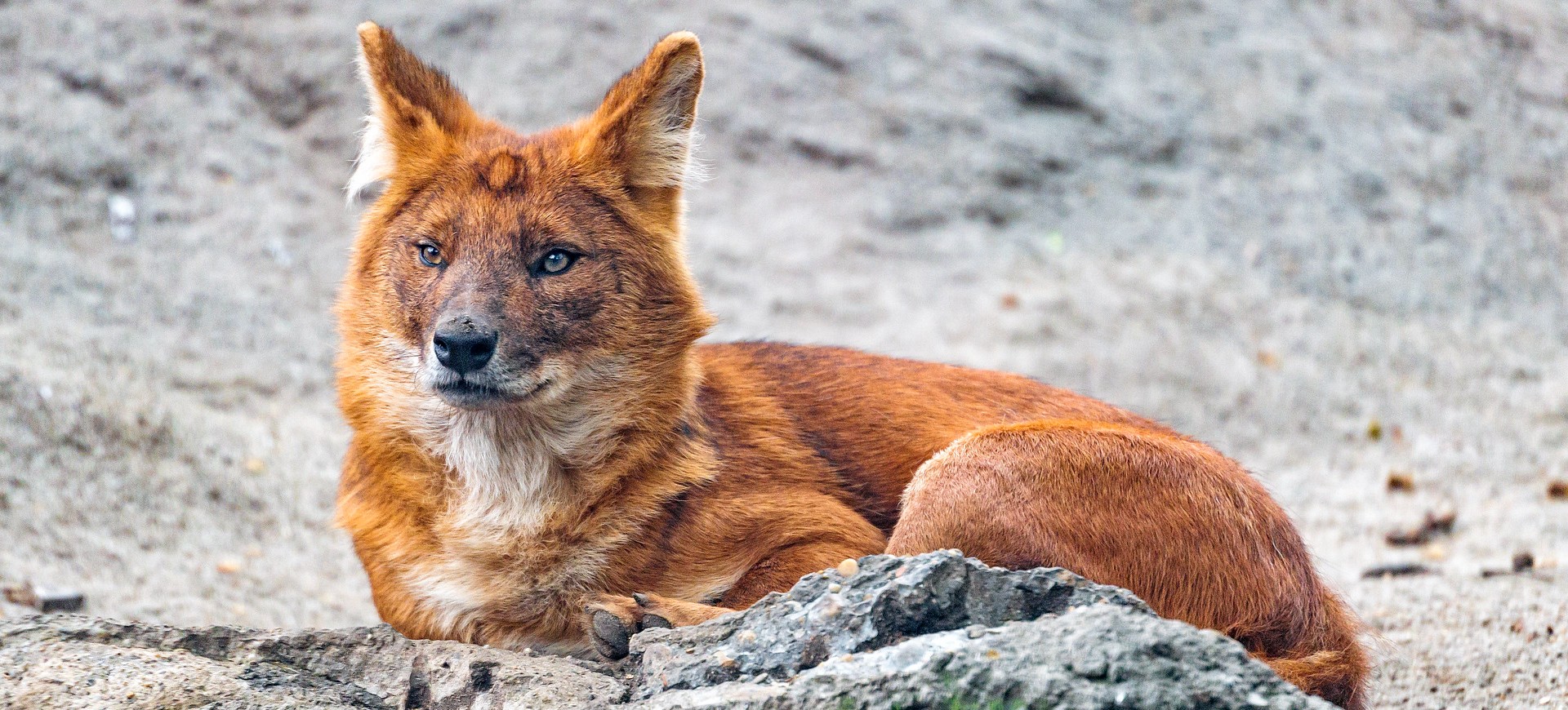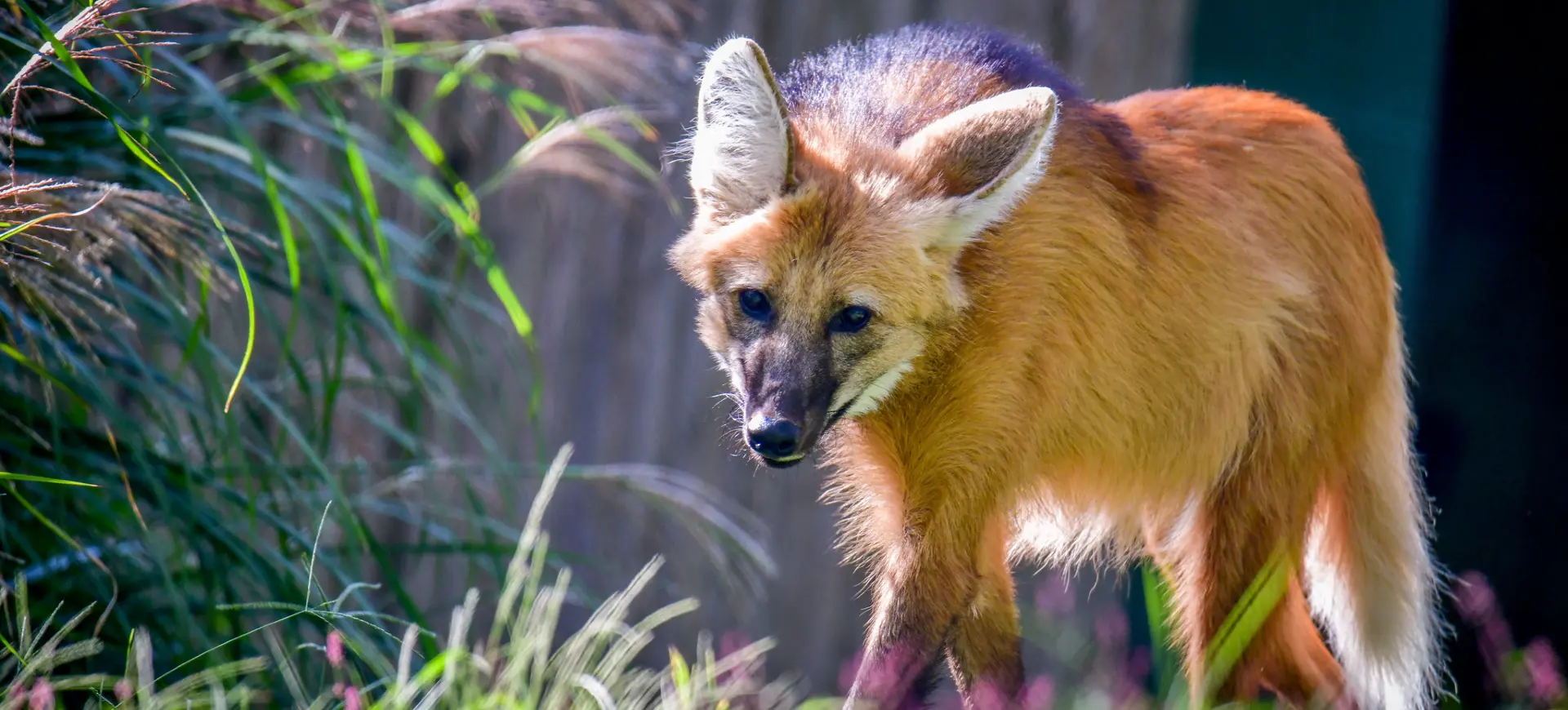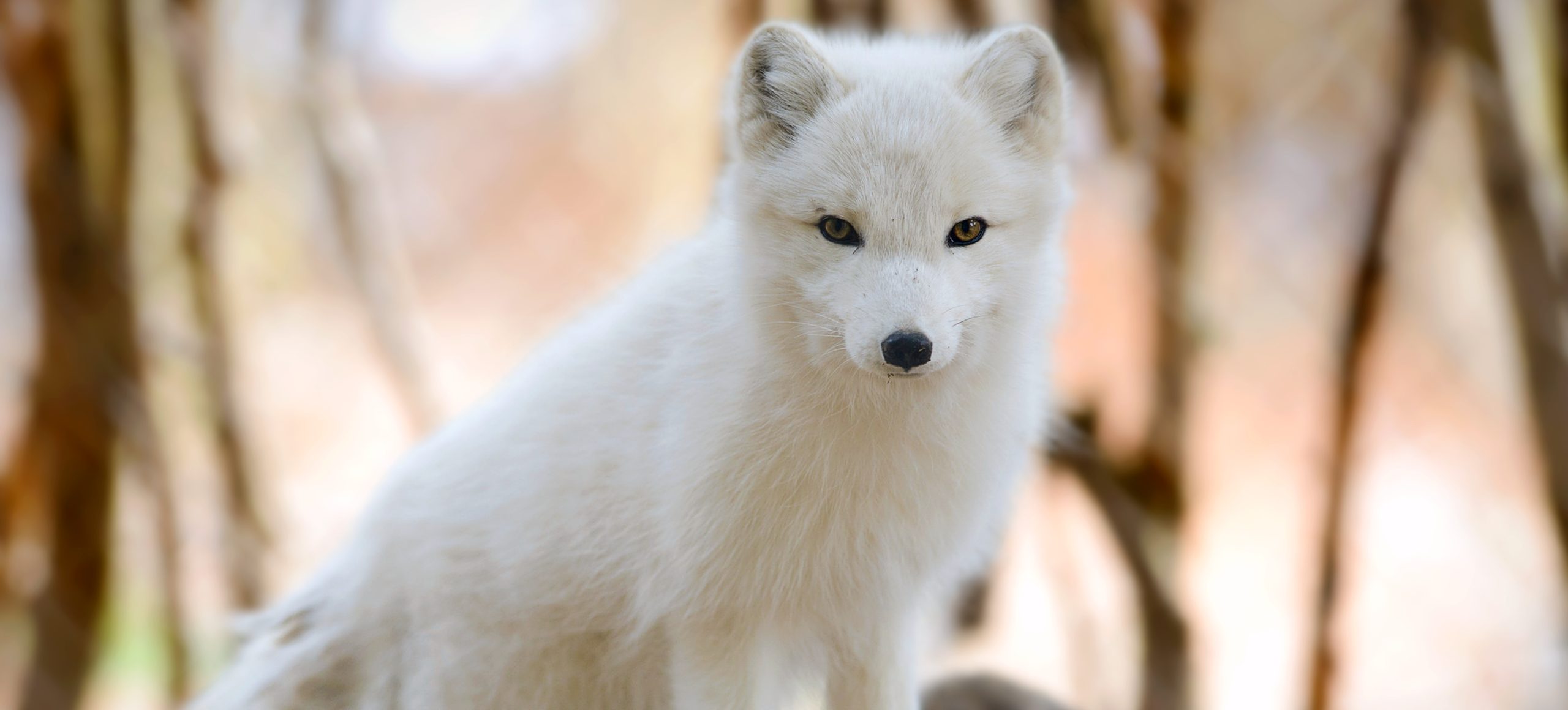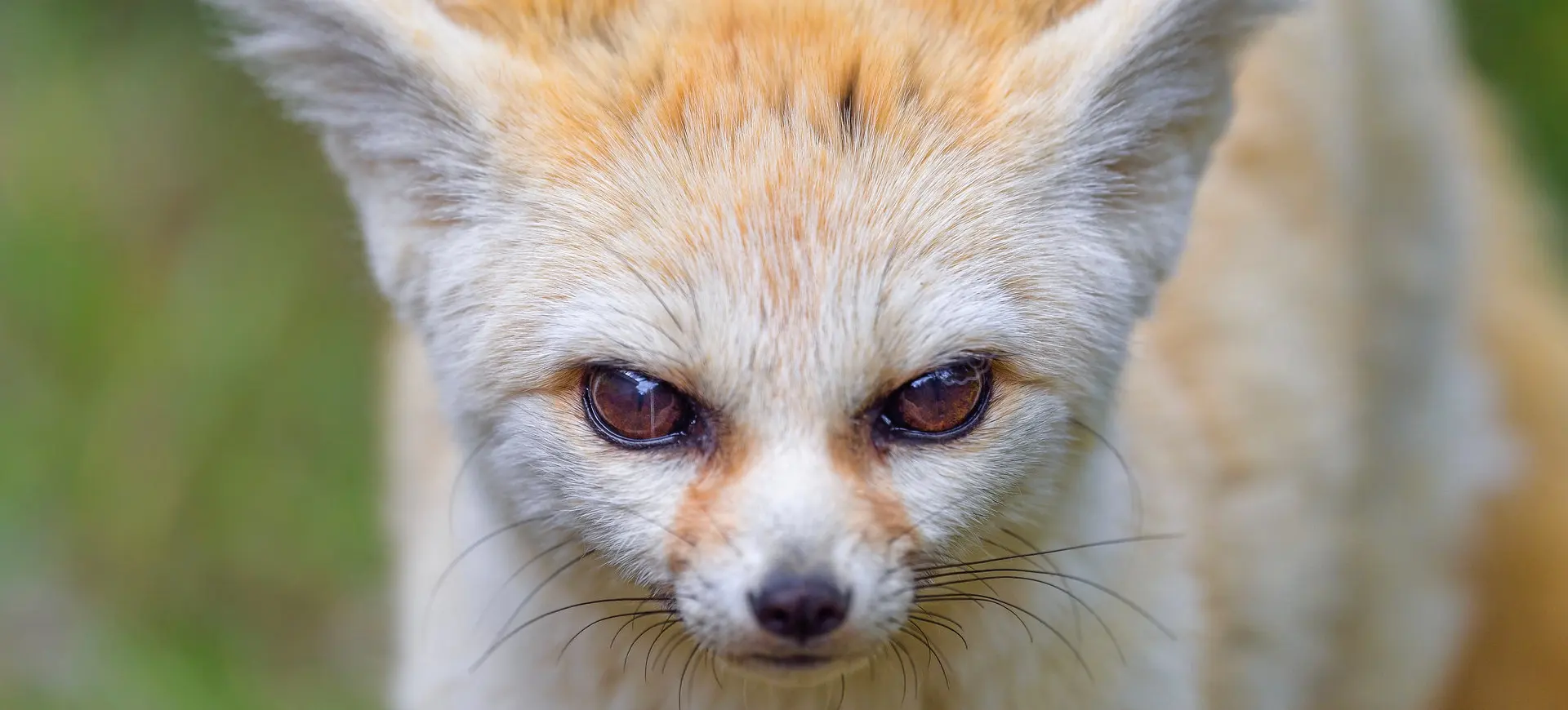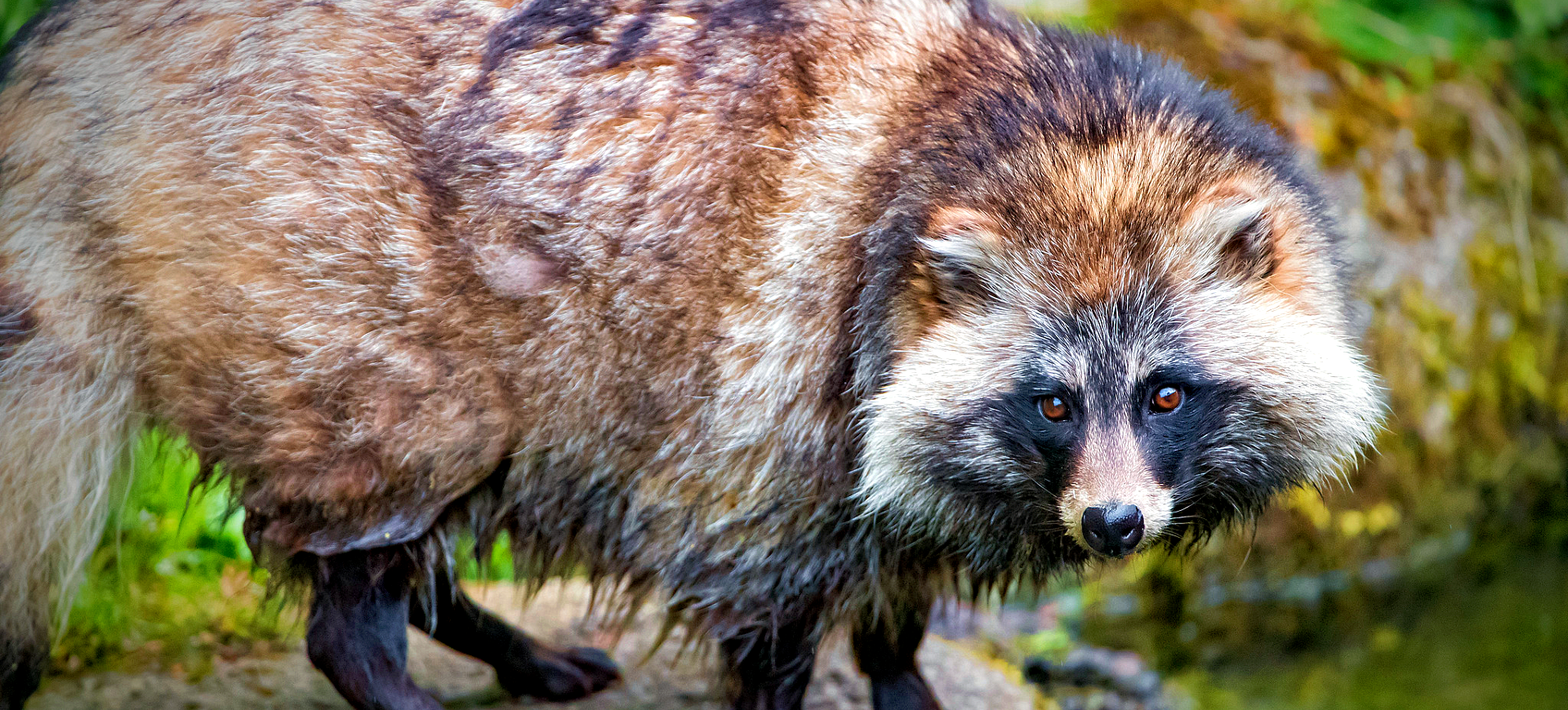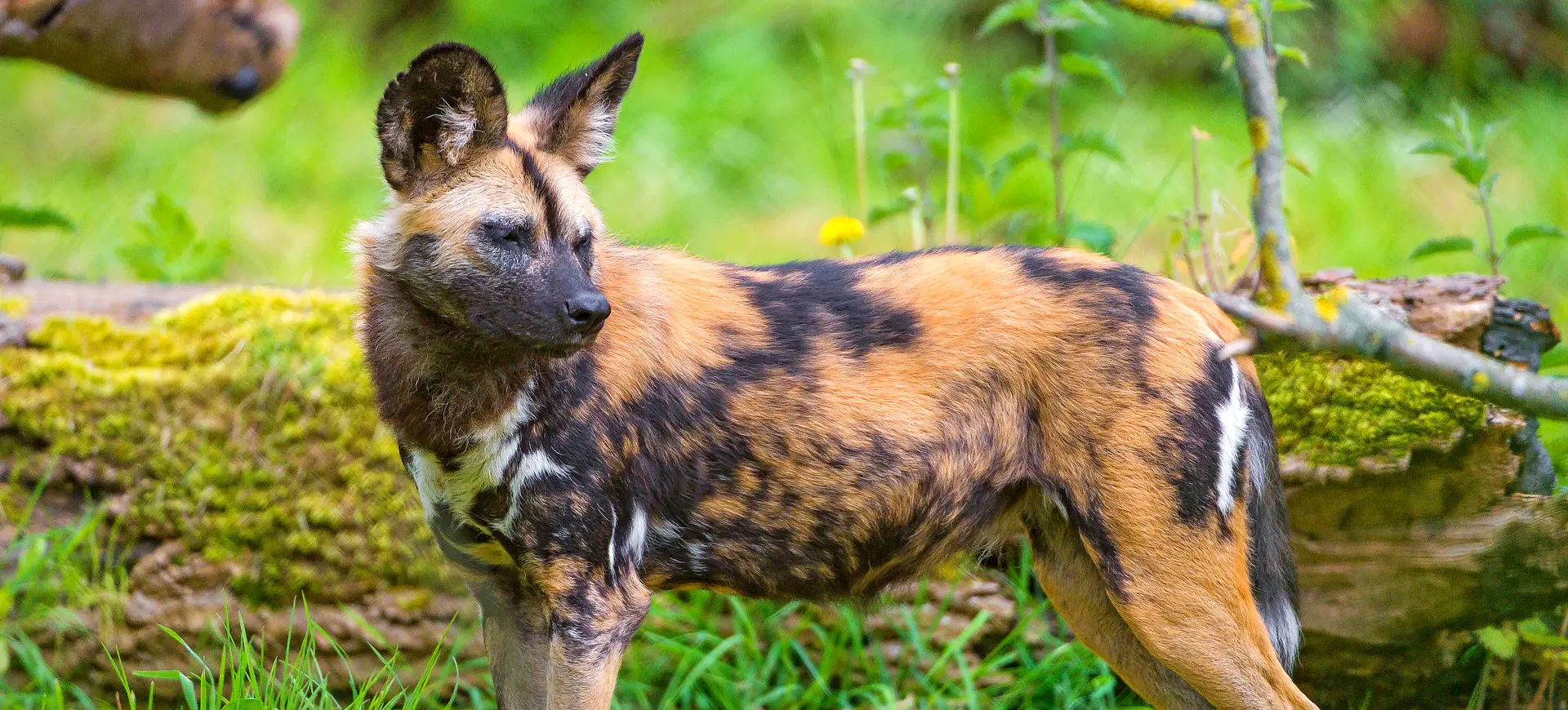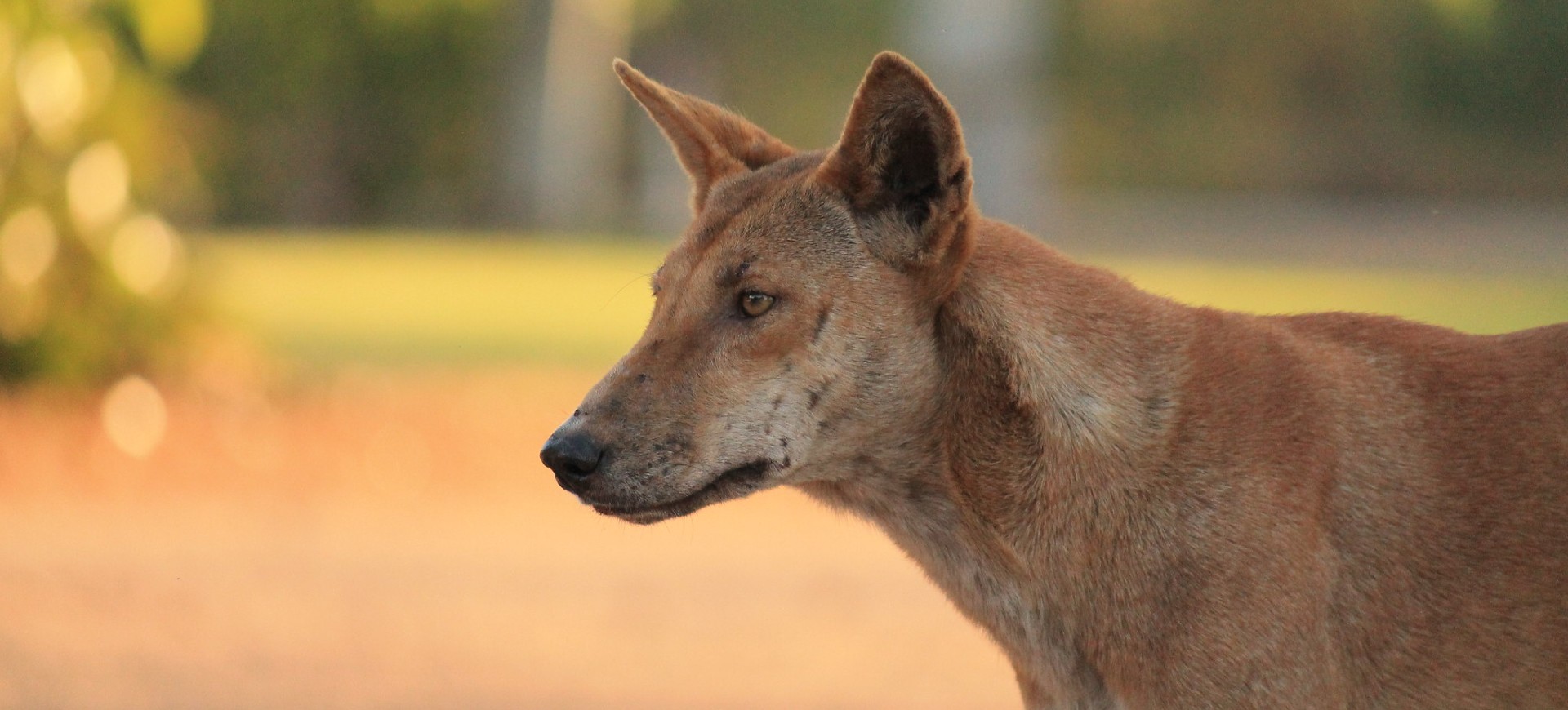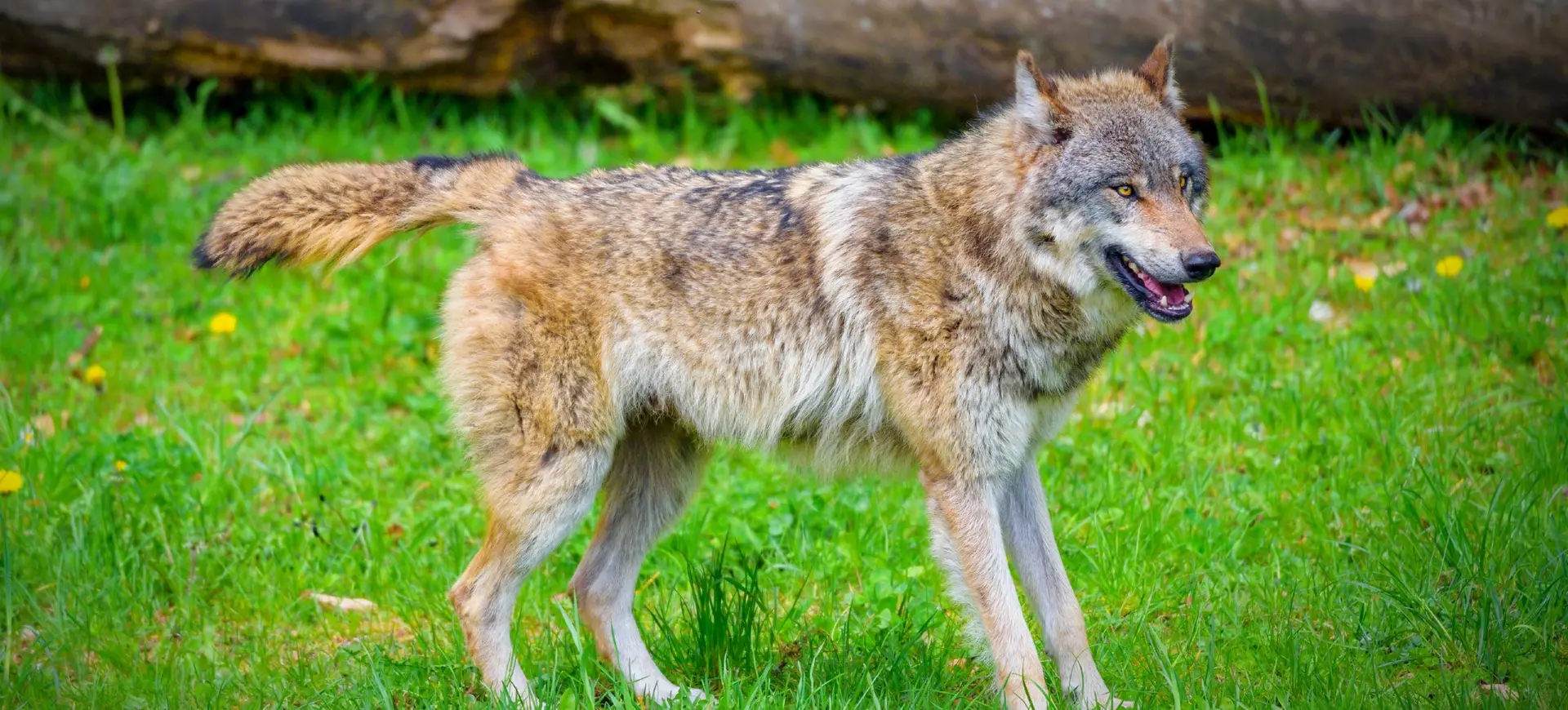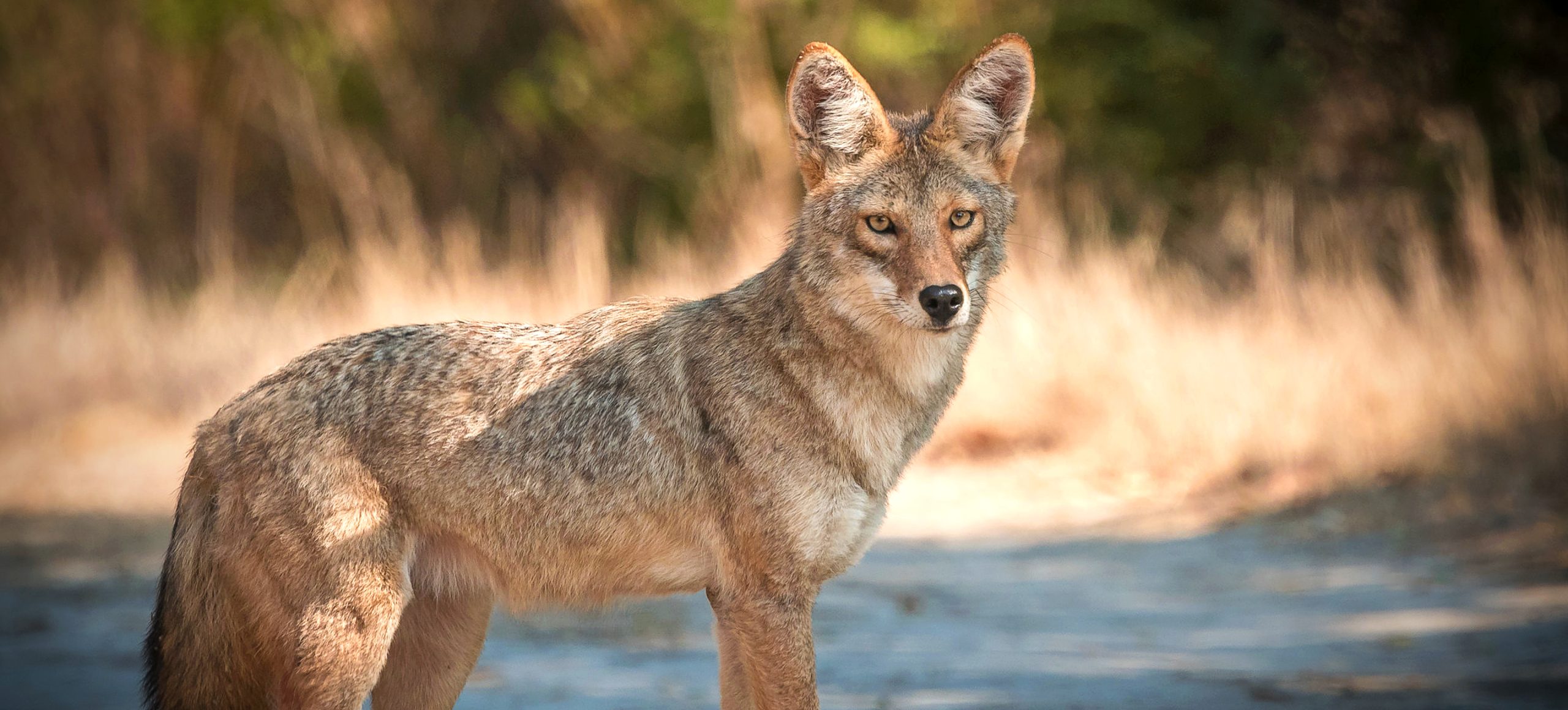Overview
The red fox (Vulpes vulpes) is a small to medium-sized canid known for its reddish-rusty or orange coat, white underbelly, black ear tips, and bushy tail with a distinctive white tip. This highly adaptable species exhibits remarkable versatility in its habitat preferences, ranging from Arctic tundra to desert landscapes. Red foxes are omnivorous, feeding on a diet that includes rodents, rabbits, birds, insects, and vegetation, which varies according to the season and available resources. Their keen senses of hearing, smell, and sight make them excellent hunters, capable of detecting prey hidden under snow or soil.
Red foxes are solitary hunters but live in family groups consisting of a mating pair and their offspring. They are known for their cunning behavior, intelligence, and adaptability, allowing them to thrive in rural and urban environments. The species plays a significant role in folklore and mythology across various cultures, often symbolizing trickery and intelligence. Despite facing threats from habitat loss, hunting, and disease, red foxes have a broad distribution and are considered one of the world’s most widespread wild canid species.
Their adaptability is further evidenced by their ability to exploit human-altered environments, where they often come into contact with domestic animals and humans. Red foxes are generally nocturnal, with a preference for dusk and dawn, which aids in avoiding human interaction and competition with other predators. They communicate through vocalizations, body postures, and scent markings, establishing territory, warning of predators, and attracting mates. Conservation efforts for red foxes focus on habitat preservation, managing human-wildlife conflict, and monitoring disease spread within populations.
Taxonomy
Kingdom
Phylum
Class
Order
Family
Genus
Species
Sub Species
Type
Current distribution:
The red fox's current distribution is vast, encompassing much of the Northern Hemisphere. It is found throughout North America, Europe, and Asia and has been introduced to Australia, where it has established populations. This wide distribution is a testament to its adaptability and ability to thrive in various ecological niches. North America's range extends from the Arctic tundra of northern Canada and Alaska through the United States and into Mexico.
Red foxes occupy various habitats in Europe and Asia, from the Iberian Peninsula and Scandinavia to the Russian Far East, China, and Japan. Their presence in urban and suburban areas is increasing, with foxes adapting to live near humans, utilizing green spaces, gardens, and abandoned buildings as habitats. The introduction of red foxes to Australia in the 19th century for hunting has led to their classification as an invasive species, significantly impacting native wildlife. Their adaptability to diverse climates and environments continues to facilitate their widespread distribution and success as a species.
Physical Description:
Red foxes are characterized by their distinctive orange-red fur, which serves as camouflage in many of their natural habitats. They have a slender body, long bushy tail, and pointed ears, with physical adaptations that vary slightly among subspecies to suit their specific environmental conditions. Adults typically measure about 18 to 35 inches in length, not including their tail, which can add 12 to 22 inches. Their weight can vary widely, from 6.5 to 24 pounds, depending on the subspecies, gender, and geographical location.
Sexual dimorphism in red foxes is modest, with males (dogs) slightly larger than females (vixens). Their paws are equipped with sharp claws, which are not retractable, aiding their ability to dig burrows and grasp prey. The red fox’s coat provides insulation and includes variations in color, such as black, silver, and cross morphs, which can occur due to genetic variation within populations. Their expressive faces, with keen eyes and a sharp snout, play a significant role in social interactions and hunting, allowing them to communicate effectively and detect prey.

Lifespan: Wild: ~4 Years || Captivity: ~14 Years

Weight: Male: 8-24 lbs (3.6-11 kg) || Female: 6.5-15.5 lbs (3-7 kg)

Length: Male & Female: 18-35 inches (45-90 cm)

Height: Male & Female: 14-20 inches (35-50 cm)

Top Speed: 30 mph (48 km/h)
Characteristic:
Native Habitat:
Red foxes are found across the Northern Hemisphere, with their range spanning North America, Europe, Asia, and parts of North Africa and the Middle East. They inhabit various environments, from Arctic tundra and forests to mountains, grasslands, and densely populated urban areas. Their omnivorous diet, nocturnal habits, and cunning behavior facilitate this adaptability to diverse habitats. Red foxes prefer mixed vegetation landscapes with a combination of open and wooded areas, providing ample food sources and protection from predators.
Their dens, often repurposed burrows dug by other animals or located under structures in urban settings, are crucial for raising their young and as a refuge from predators. Red foxes are territorial animals, marking their range with urine and feces to communicate with other foxes. The flexibility in habitat preference has enabled the red fox to become one of the most widely distributed carnivores in the world, showcasing their remarkable ability to adapt to changing environments, including those altered by human activity.
Climate Zones:
Biogeographical Realms:
Continents:
Countries:
Diet:
Diet & Feeding Habits:
Red foxes are omnivores with a highly varied diet that reflects the resources available in their extensive habitat range. Their diet primarily consists of small mammals like voles, mice, and rabbits, but it can also include insects, birds, eggs, fruits, and vegetables. This dietary flexibility allows red foxes to adapt to various environments, including urban areas where they may consume garbage and pet food. They employ a pouncing technique, using their keen hearing to detect prey beneath the snow or ground, which they then leap upon to capture.
In addition to hunting live prey, red foxes are scavengers, often feeding on carrion and waste from human habitation, contributing to their success in urban environments. Their ability to store excess food in caches, burying it for later consumption, helps them survive during lean periods. Red foxes have a keen sense of smell that aids in locating food, whether under snow, buried underground, or hidden among vegetation. Seasonal variations in diet ensure that they can exploit different food sources throughout the year, demonstrating their ecological versatility.
Mating Behavior:
Mating Description:
Red foxes have a monogamous mating system, typically forming pairs that stay together during breeding. The breeding season varies depending on geographic location but generally occurs in winter, with courtship behaviors including vocalizations, scent marking, and physical displays. Females (vixens) give birth to a single litter per year, with litter sizes ranging from 1 to 12 pups, although 4 to 6 is most common. The gestation period lasts about 52 days, after which the vixen gives birth to blind and deaf pups in a den.
The male (dog) raises the young by bringing food to the den and helping protect the pups from predators. The pups are weaned at around 14 weeks, at this point, they begin to learn hunting skills from their parents. Family groups remain together until the autumn, when young foxes disperse to find their territories. The social structure of red foxes during the breeding season is centered around the family unit, with both parents involved in the care and upbringing of their offspring.
Reproduction Season:
Birth Type:
Pregnancy Duration:
Female Name:
Male Name:
Baby Name:
Social Structure Description:
Red foxes are generally solitary animals outside the breeding season, with individuals maintaining their territories. Territories are marked with scent markings and are defended against intruders, although there is some overlap in home ranges. Social interactions are primarily observed during mating when males and females come together to mate and raise their young. Family groups consist of the mating pair and their offspring, with the young staying with their parents until they disperse in the fall.
In some cases, non-breeding adults may remain with the family group, assisting in caring for new litters. This cooperative behavior is more commonly observed in areas with high food availability, where the benefits of group living outweigh the competition for resources. The social dynamics of red fox populations can vary significantly depending on environmental conditions, resource availability, and population density, reflecting the species’ adaptability and complex social behavior.
Groups:
Conservation Status:
Population Trend:
The global population of red foxes is considered stable, with the species classified as Least Concern by the IUCN. Their wide distribution and adaptability to various habitats have helped maintain healthy populations despite habitat loss, hunting, and disease. In some regions, red fox populations have increased, particularly in urban and suburban areas where they have adapted to human presence. However, in areas where they are non-native, such as Australia, red foxes threaten native wildlife and are subject to control measures.
Efforts to manage red fox populations are varied, focusing on habitat conservation, legal hunting regulations, and, in some cases, culling to protect native species. The red fox’s adaptability has allowed it to thrive in many environments. Still, it also necessitates careful management to balance conservation goals with the species’ impact on other wildlife and human interests.
Population Threats:
Red foxes face several threats, including habitat loss and fragmentation, road mortality, hunting, and fur trapping. They are often perceived as pests in agricultural and urban areas, leading to conflict with humans. Diseases such as rabies, canine distemper, and mange can also impact populations, particularly where these diseases are prevalent. Introducing red foxes into non-native habitats has led to ecological imbalances, threatening native wildlife through predation and resource competition.
Conservation efforts to mitigate these threats include habitat protection, vaccination programs against diseases, and public education on living harmoniously with red foxes. Invasive species management strategies are implemented in regions where red foxes threaten native biodiversity, balancing conservation needs with ecological integrity.
Conservation Efforts:
Conservation efforts for red foxes focus on habitat preservation and managing human-wildlife conflict. In regions where they are native, efforts aim to maintain healthy populations through legal hunting regulations, road-crossing structures to reduce vehicle collisions, and vaccination programs against diseases. In areas where red foxes are considered invasive, such as Australia, control measures are in place to protect native species, including culling, fencing, and public education campaigns.
Habitat restoration projects also benefit red fox populations by ensuring they have access to suitable environments for hunting and denning. Conservation organizations work to raise awareness about the ecological role of red foxes, promoting coexistence strategies in urban and rural communities. Research into red fox behavior, ecology, and population dynamics continues to inform conservation strategies and management practices, ensuring the species’ long-term survival while minimizing negative impacts on other wildlife and human interests.
Additional Resources:
Fun Facts
- Red foxes have the widest distribution of any wild canid, inhabiting much of the Northern Hemisphere.
- They can make more than 28 different vocalizations to communicate with each other.
- Red foxes use the Earth’s magnetic field to hunt, a phenomenon known as “magnetic alignment.”
- The red fox’s tail, known as a “brush,” serves multiple purposes: balance, communication, and warmth.
- The red fox is often depicted as a cunning and intelligent character in folklore.
- Red foxes can jump over 6 feet high and are capable of running up to 30 mph.
- They have excellent night vision, which aids in their nocturnal hunting activities.
- The color of a red fox’s coat can vary widely, with some individuals appearing almost completely black or silver.
- Red foxes are one of the few canid species capable of climbing trees.
- They have a diverse diet and have been observed eating over 300 different types of food.

